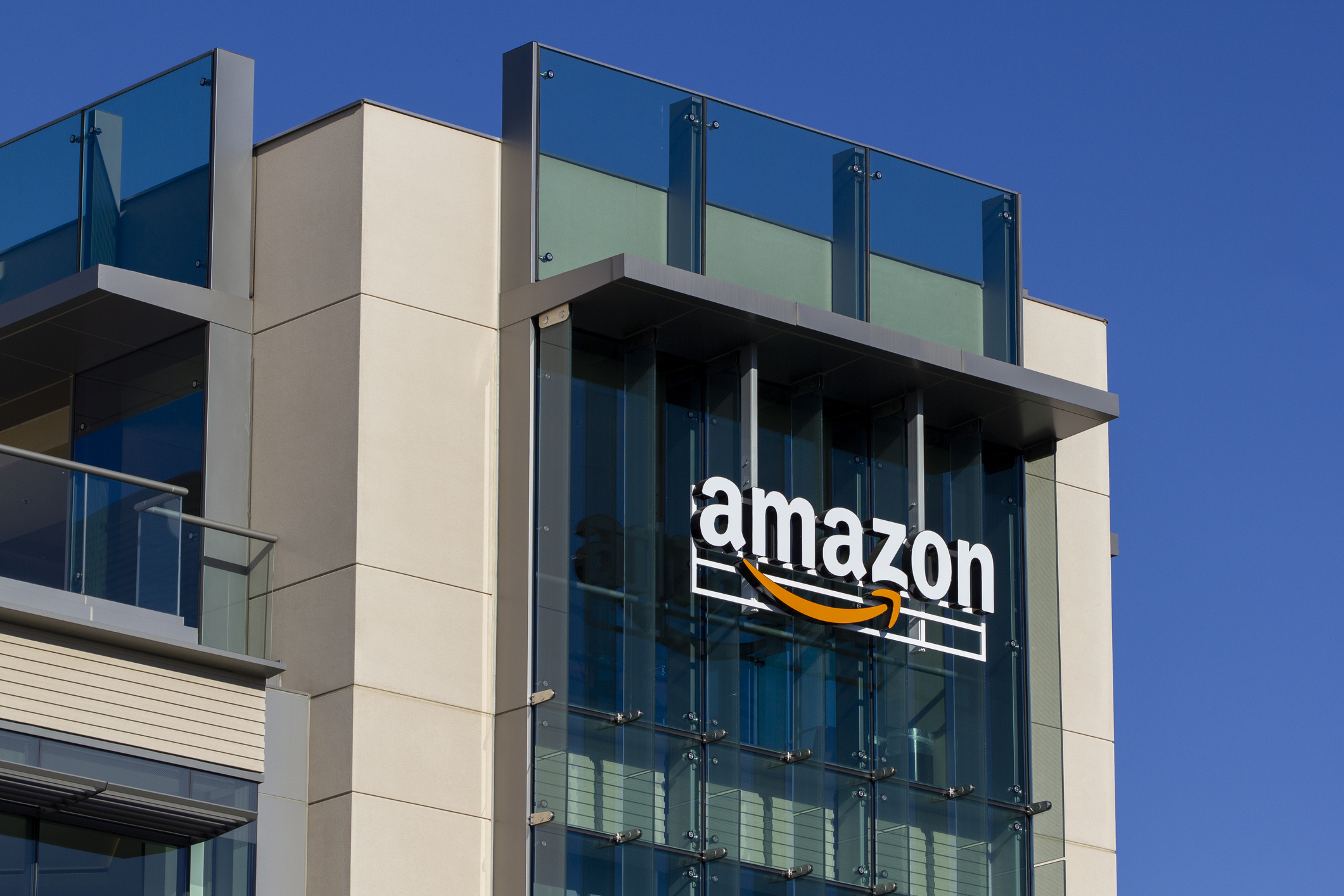
iStock.com/hapabapa
Amazon Fashion To Launch AI Fit Tool To Reduce Returns
January 10, 2024
Total online returns accounted for $816 billion in lost sales for retailers in the United States in 2022, as reported by the National Retail Federation. To combat this problem, leading global online retailer Amazon is planning to improve online fit by using AI to reduce the number of returns.
The downside of online shopping is customers don’t always know how an item of clothing will fit on them, as sizing varies for different brands and there is no way to try something on without purchasing it first. To try and solve this problem, Amazon Fashion will be incorporating artificial intelligence to standardize sizing, with a new tool that will be open to all brands selling on the platform.
This new AI tool will help online shoppers better predict their sizes through fit insights. The Fit Insights Tool uses large language models (LLMs) to formulate insights from customer feedback in relation to a product’s style, fit, and fabric. “It contextualizes returns and size chart analyses with customer reviews, using machine learning to identify defects in size charts,” Amazon stated in its announcement. “By leveraging this data, brands can better understand customer fit issues, improve how they communicate sizing to customers, and even incorporate the feedback into future designs and manufacturing. This helps brands reduce fit-related returns and more accurately list their items for customers.”
Included in the insights available to brands by Amazon is “return health,” according to Vogue Business, which consists of a comparison of product return rate versus similar products that haven’t been returned as much, an overview of positive and negative customer feedback, and size chart analysis. This tool and the insights that come along with it will be offered for free to U.S. apparel and shoe brands that are enrolled in Amazon Brand Registry and have sold a minimum of 100 units in the past year.
Due to not being sure about sizing, customers often buy the same product in different sizes and then return what doesn’t work for them. This is known as “bracketing,” and it can be a lengthy and annoying process for the customer and costs brands and retailers a lot to facilitate.
Neil Saunders, managing director of retail at research firm Globaldata, says that bracketing “erodes margins and profitability” for retailers. Almost 25% of clothing purchased online is returned, according to Coresight Research, with the main reason being the fit.
According to Amena Ali, CEO of returns technology company Optoro, “Consumers’ bedrooms have become the new dressing room.” Returns in the U.S. have built up to $743 billion in inventory, and the general cost of processing a $100 item is $30 or 30%. Ali added that the big discounting and transportation involved play a big role in the build-up of expenses. She said, “The longer it takes for a retailer to receive a return from a customer, ship it to their warehouse and then process it, the less likely it is to be resold at full price.”
Recent News
Pickleball Expands Internationally to India
Pickleball, America’s booming sport, aims to spread its games in India, the world’s most populous country.
Amazon Prime Announces It Has Faster Deliveries
Amazon reports that its Prime deliveries are now even speedier. With over 2 billion packages reaching customers in a day or less this year, the company claims its delivery system is picking up its pace.
H-E-B Recalls Ice Cream Cups Due to Metal
The popular frozen treat has been pulled from store shelves in a voluntary company recall.
Chipotle Scraps Farmesa Fresh Eatery After Ghost Kitchen Closure
Chipotle Mexican Grill’s venture into the Farmesa Fresh Eatery concept has come to an abrupt halt following the closure of its partnering platform Kitchen United’s ghost kitchens.

